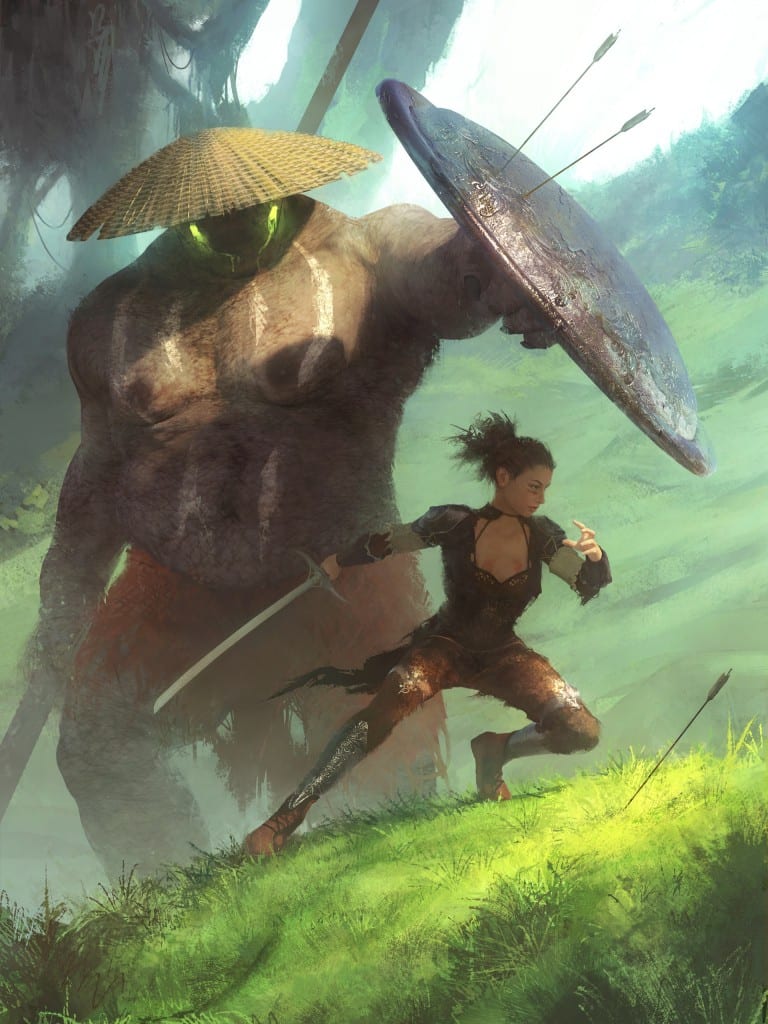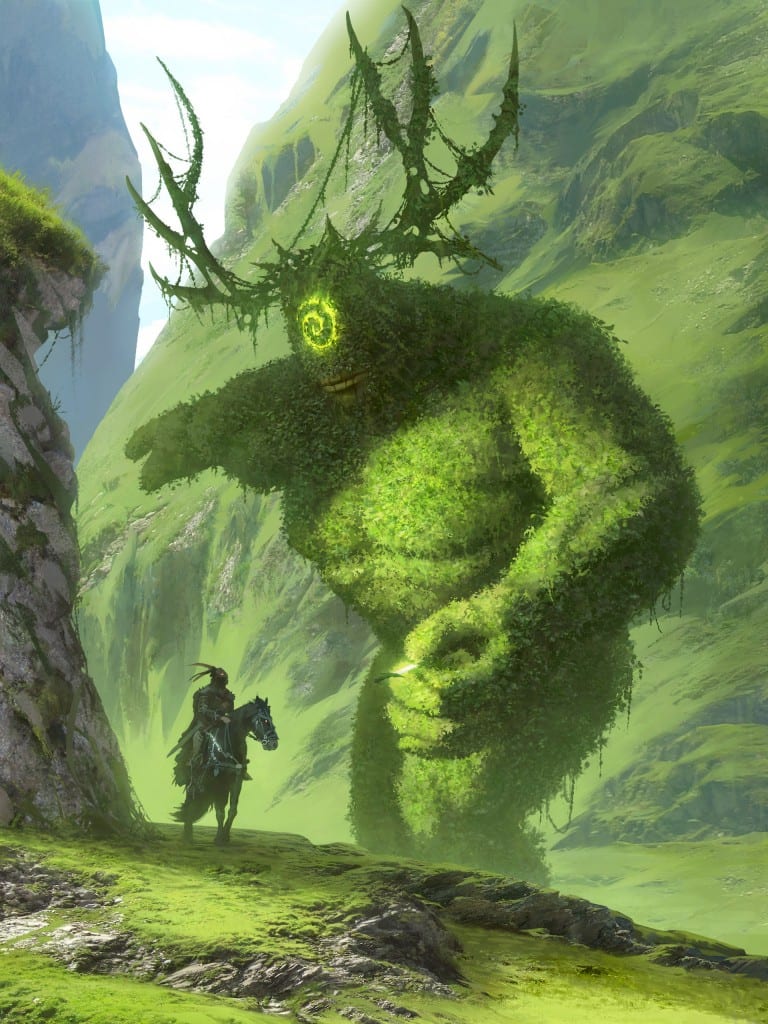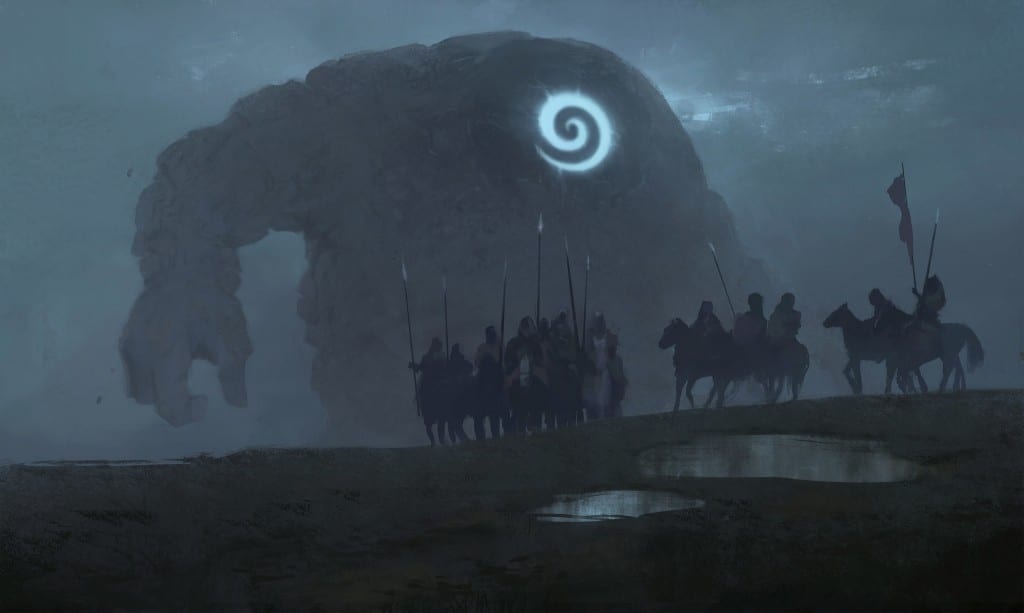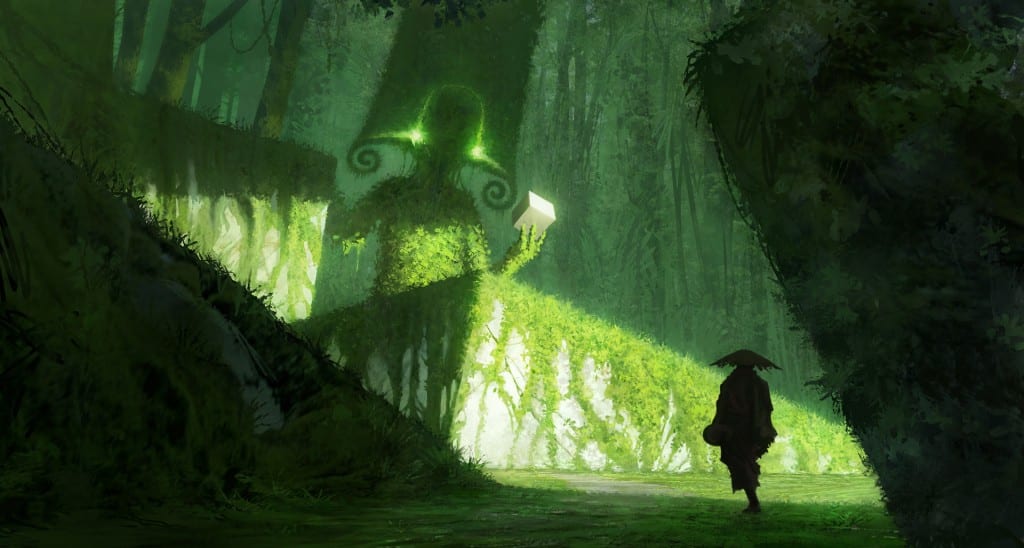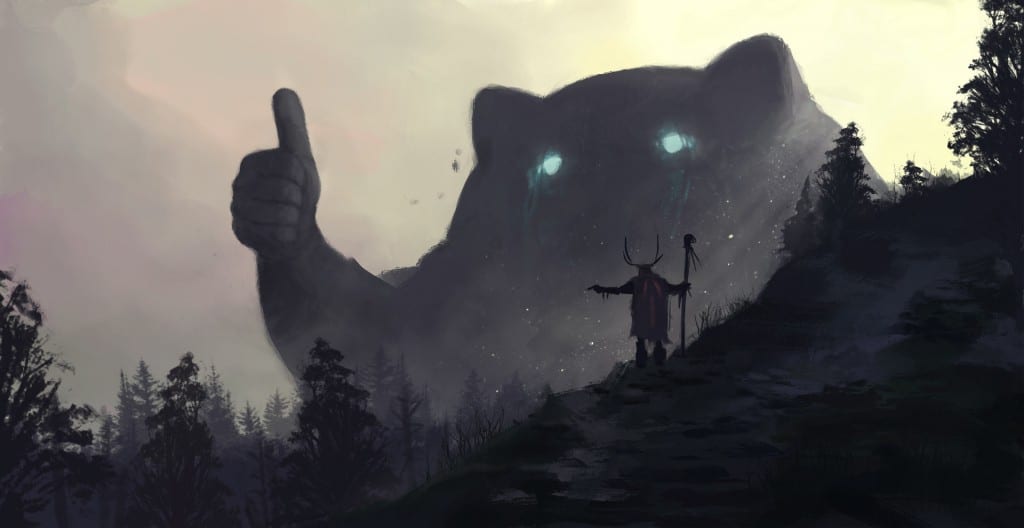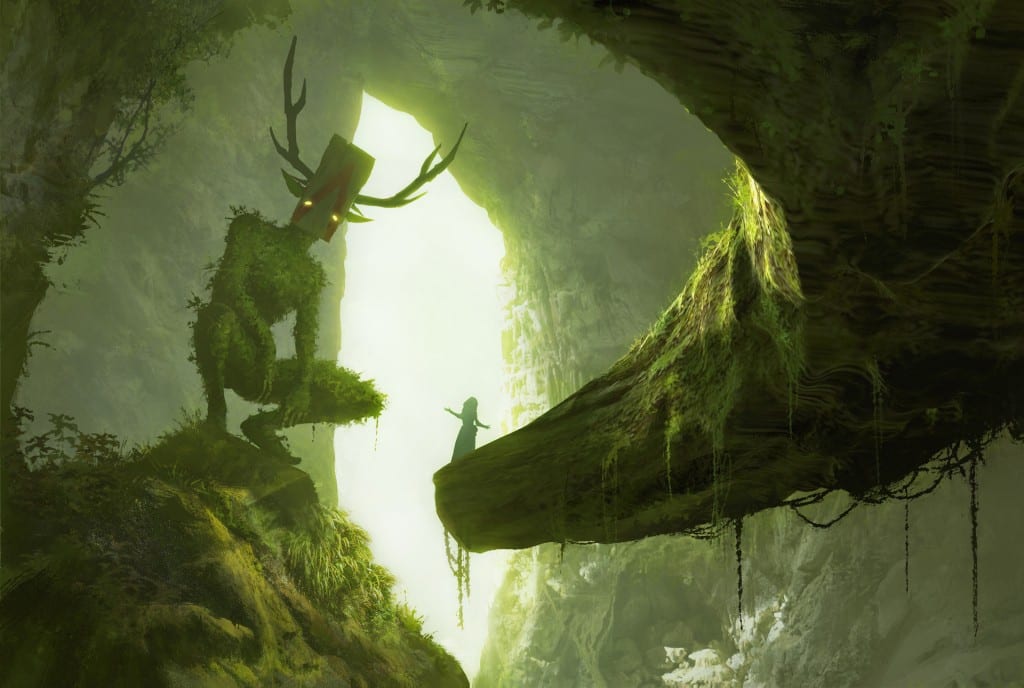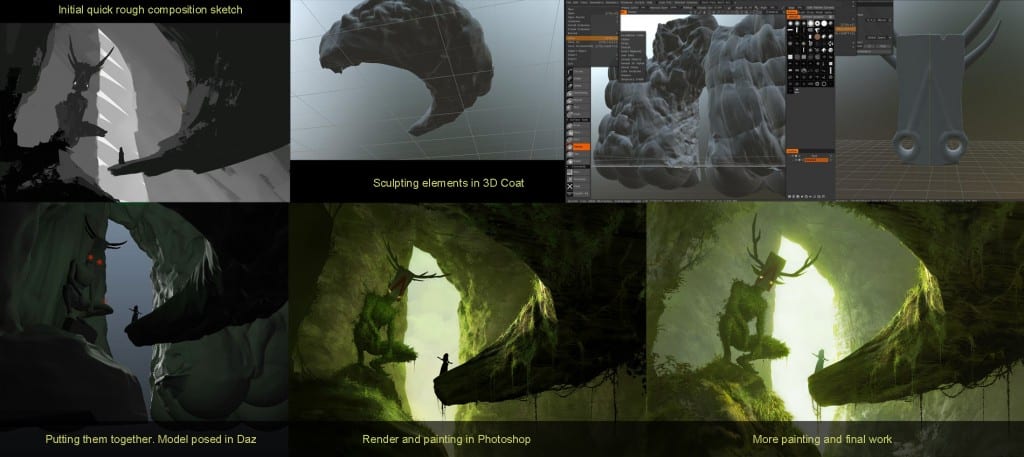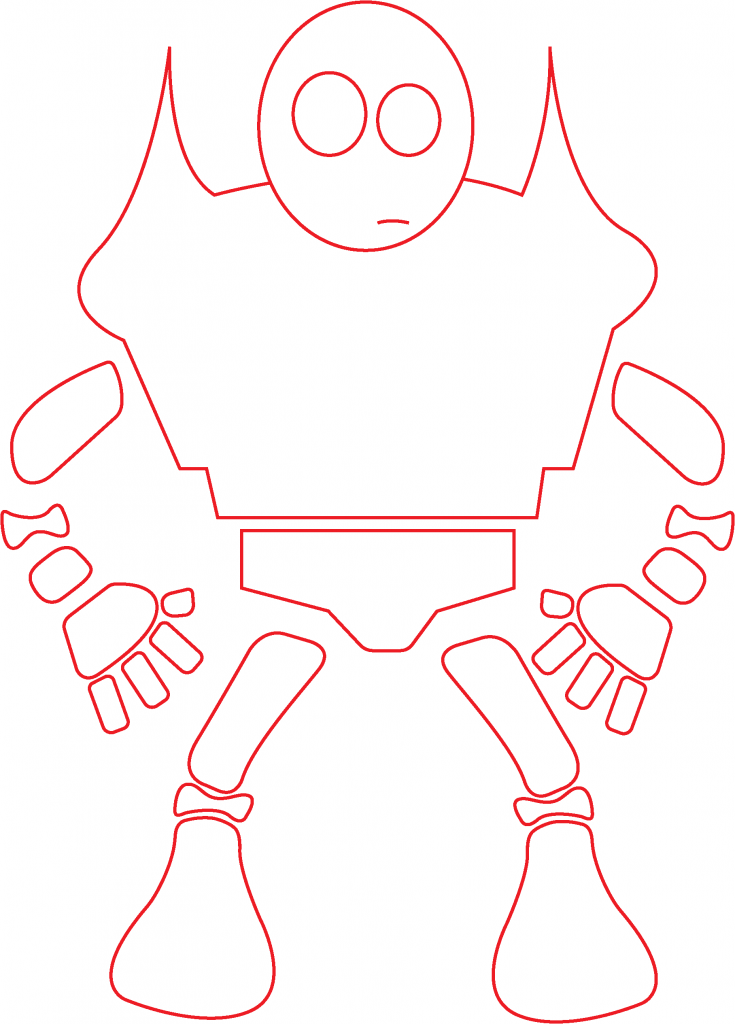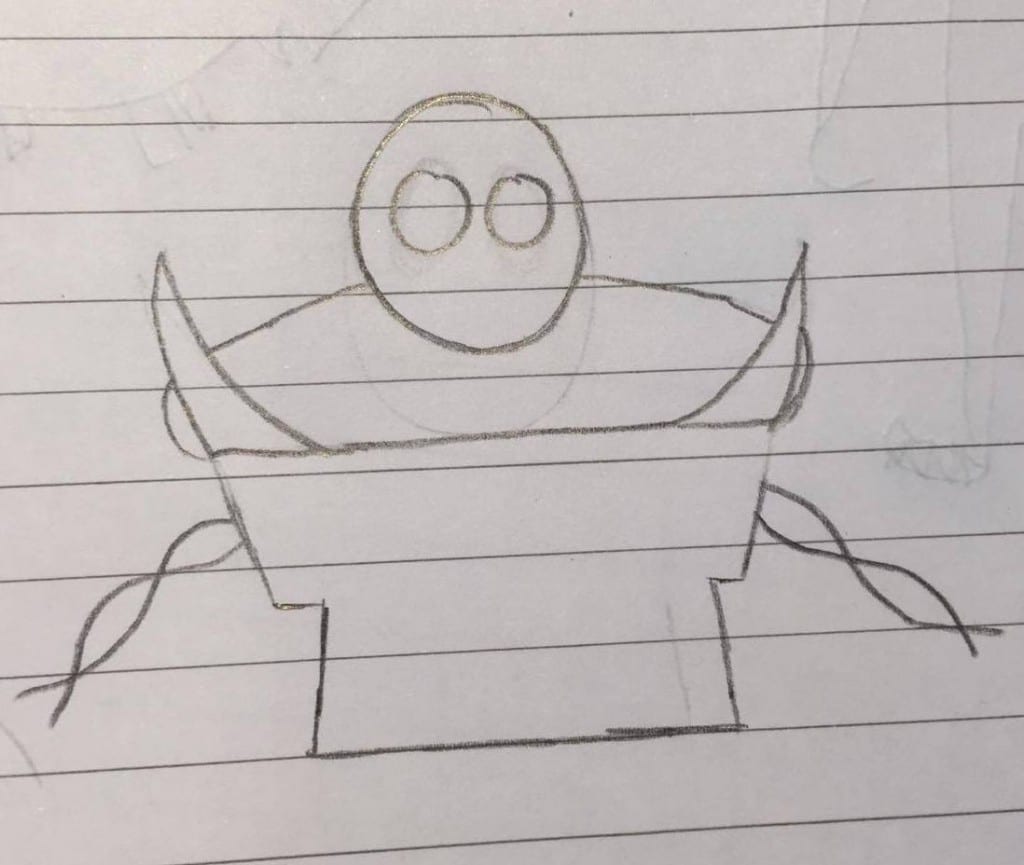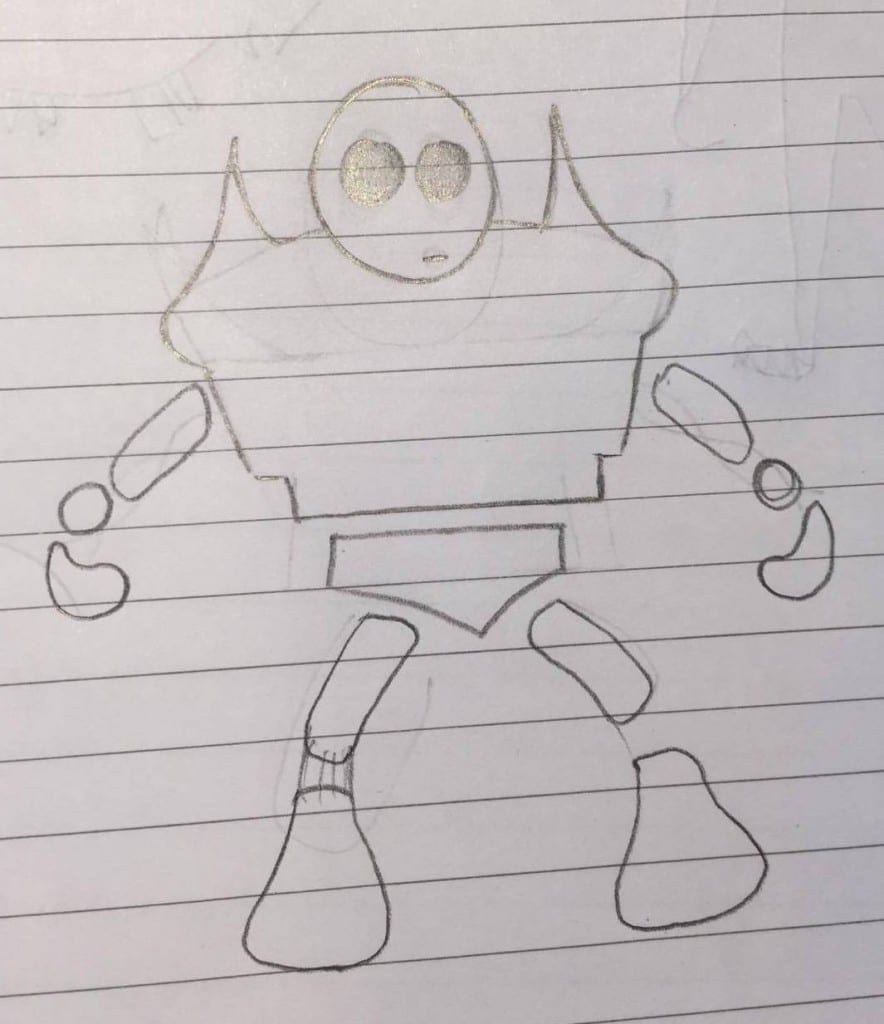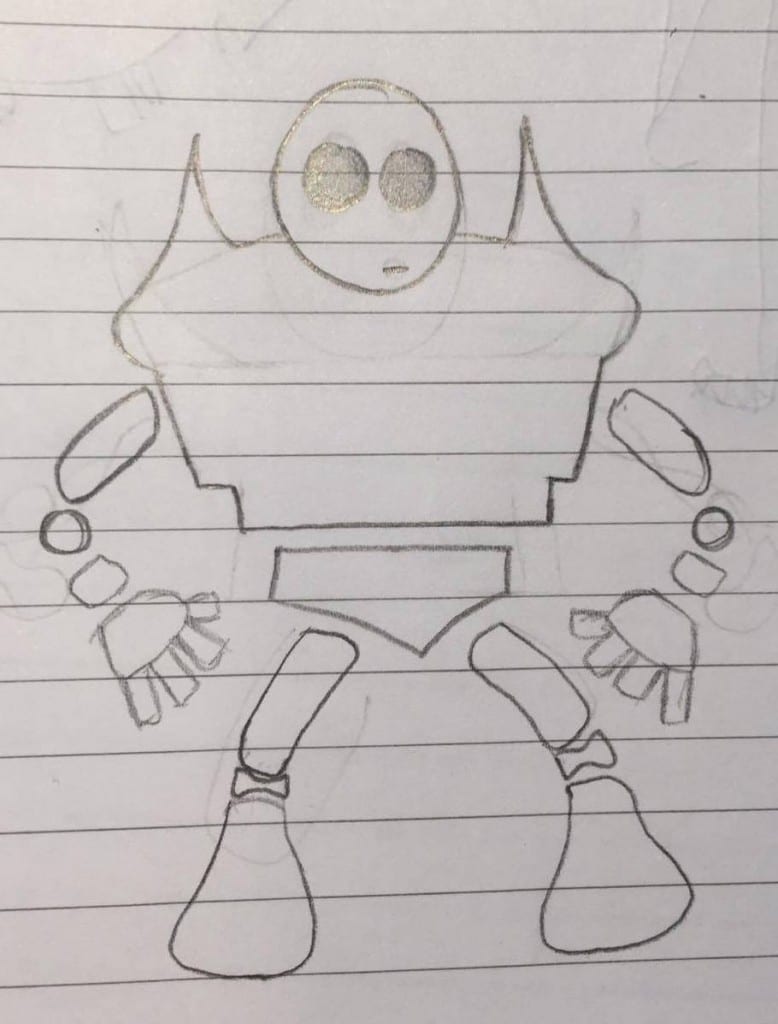On doing research into refreshing my memory within Blender, I found a playlist created and uploaded by YouTube user ‘Blender Guru’, in which I was taught everything from how to use the programs interface, to creating visually realistic materials. I decided to follow the first few steps to this tutorial, and recorded my results below.
These tutorials helped to improve my basic skills in the software, and taught me techniques I could use in my final project. I have used Blender before and therefor have a basic understanding of the topics Blender Guru covers in his tutorials, however as time has passed I have become less comfortable with using tools and shortcuts.
Blender Guru Tutorial Playlist
Timelapses:
In the first tutorial, I was getting to grips with the interface of blender and refreshing my knowledge on basic functions such as viewing the mesh I am working on. The majority of this tutorial was focused on a simple fire simulation, which showed me what blender was capable of. This tutorial will make it a lot easier to know what my model looks like from all angles with the simple click of a button. As I will predominantly using my laptop to create my designs, I will need to change the input user settings to emulate the number pad, this isn’t a large problem as the shortcuts tied to the number keys elsewhere on the keyboard will not be used my be.
The second tutorial went into further detail about the functions within blender, experimenting with scaling, moving and rotating the mesh. It also introduced the idea of using the modifier ‘Subdivision surface’ as opposed to altering the mesh permanently at the beginning of your session. There was also a small introduction to the modifier ‘Wave’ that animates your mesh as described.
The third tutorial was almost predominantly about alerting your object in ‘Edit Mode’. This taught me many useful techniques on how to change and deform any object to look like you want it to. As every tutorial has, this one was filled with shortcuts and information about what edit mode can do, making me feel more confident within this software.
I ended my tutorial on the fourth available on Blender Guru’s playlist. The forth tutorial was dedicated to working with material nodes, and how to make an object appear to be more realistic, with tips and tricks on using the nodes appropriately.
